November 2021 - December 2021 (5 weeks)
Individual Passion Project
Sound, in the form of an alert, is definitely not a pleasing tone to hear. I wanted to explore an opportunity here:

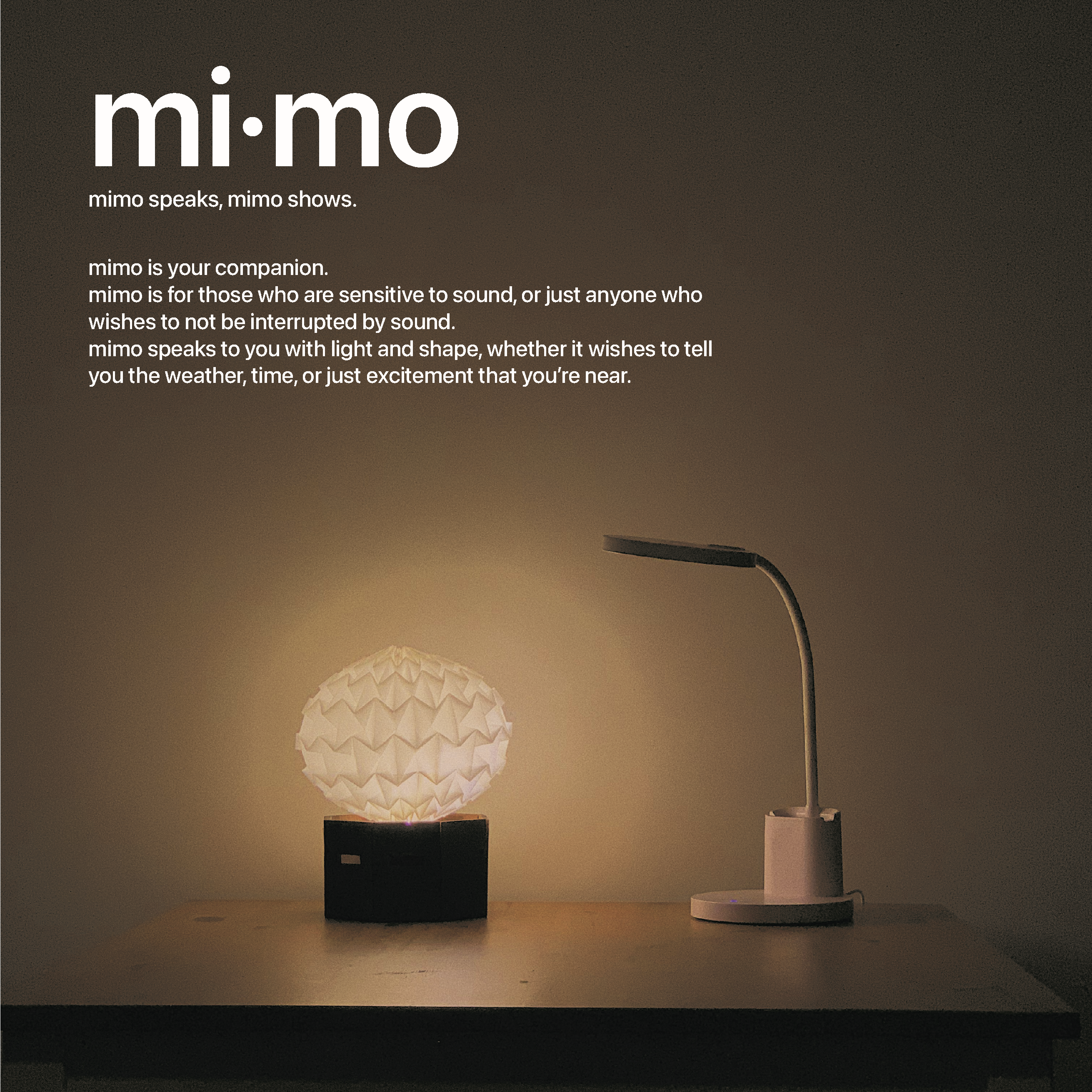


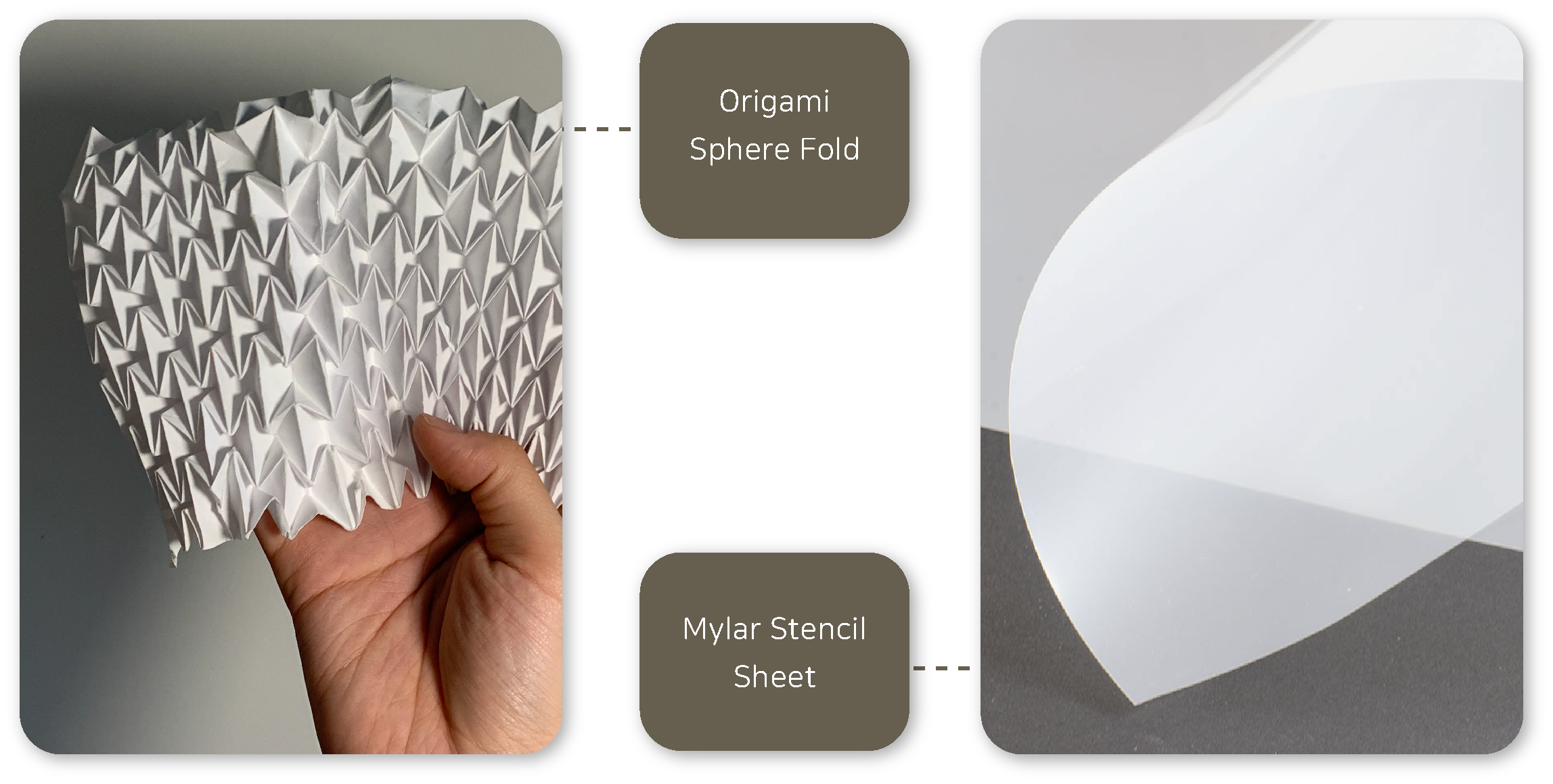
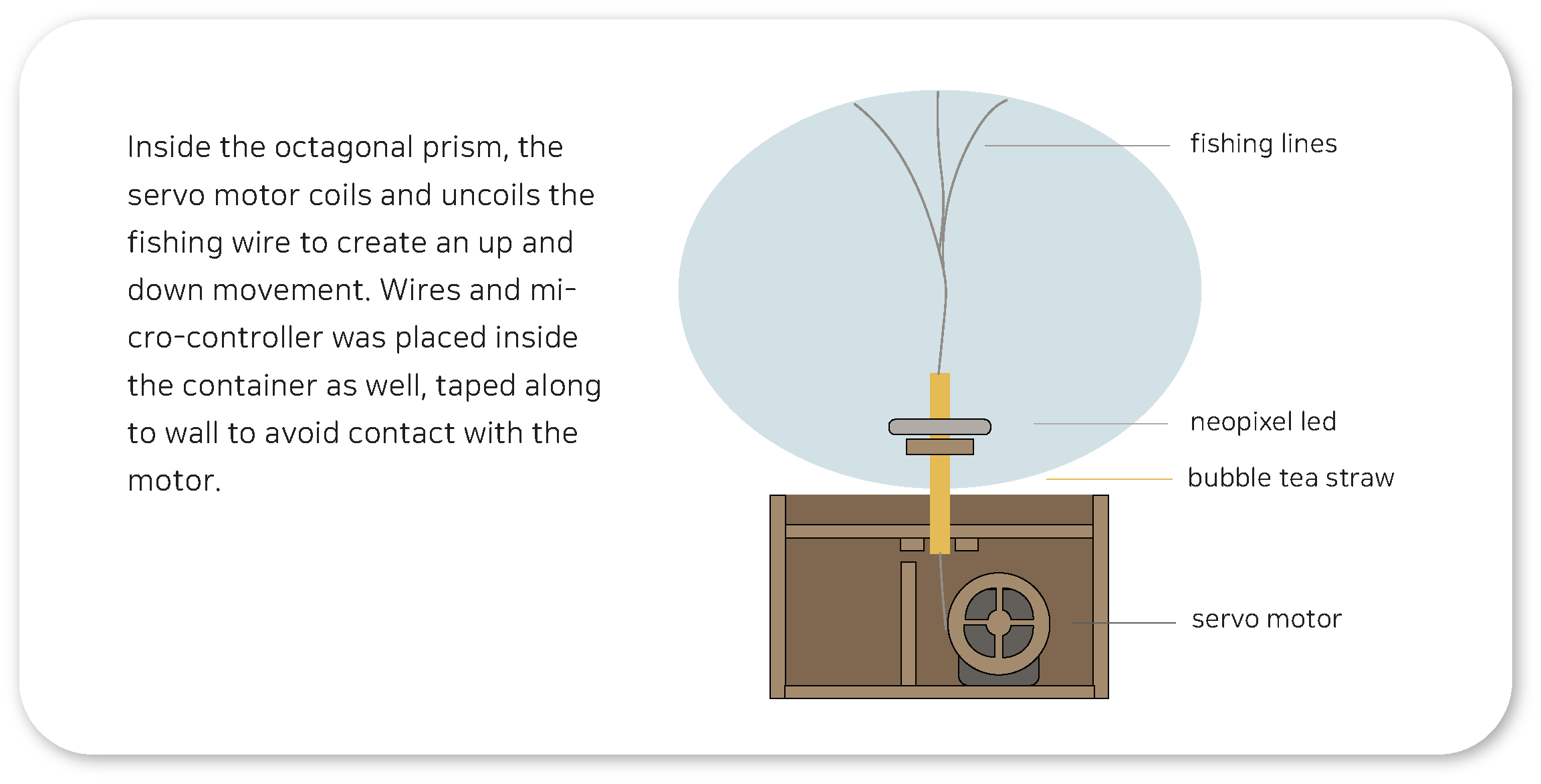
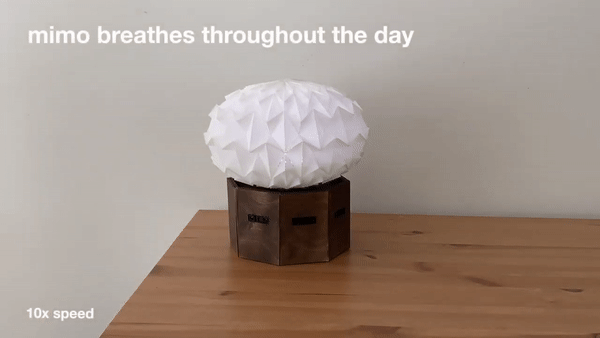
The change in time is reflected by the shape of the light. This feature gives light a “physical property”, allowing the user to feel like this light is real and alive. Dynamic origami patterns enabled a more natural shape shifting and I was able to make a sphere. Fishing wire was tied to the top and rolled on a spool on the servo motor to create the flattening movement.
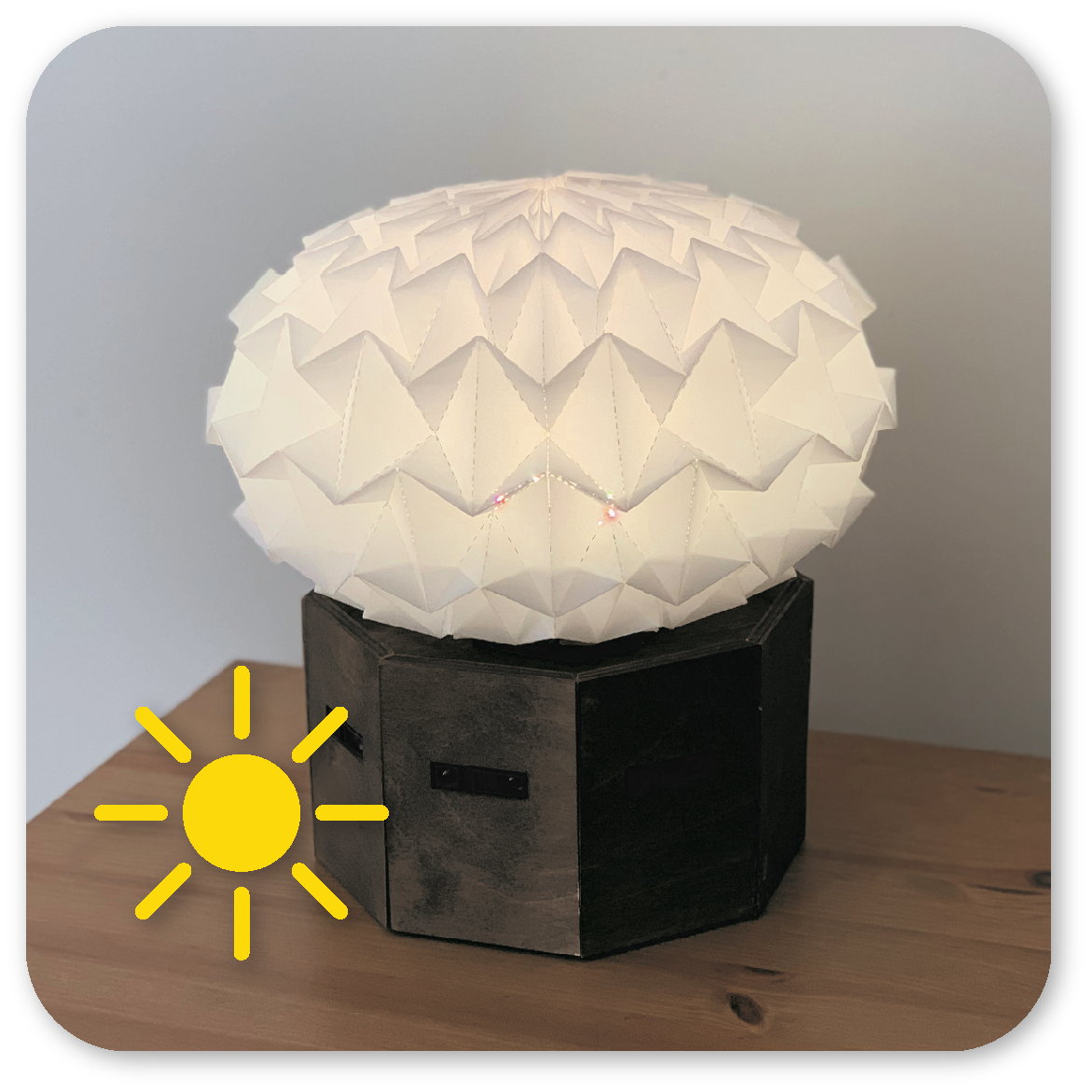

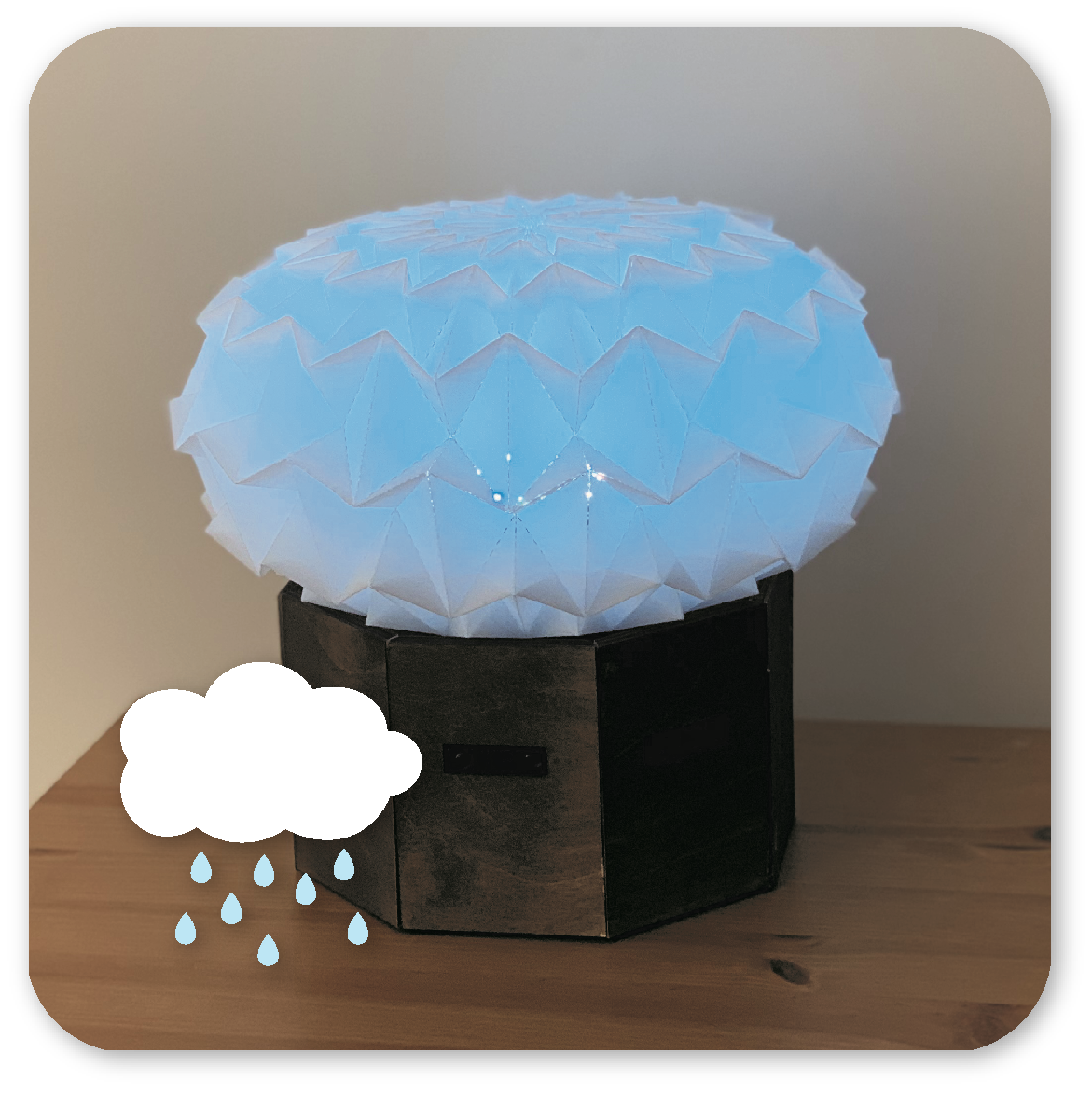
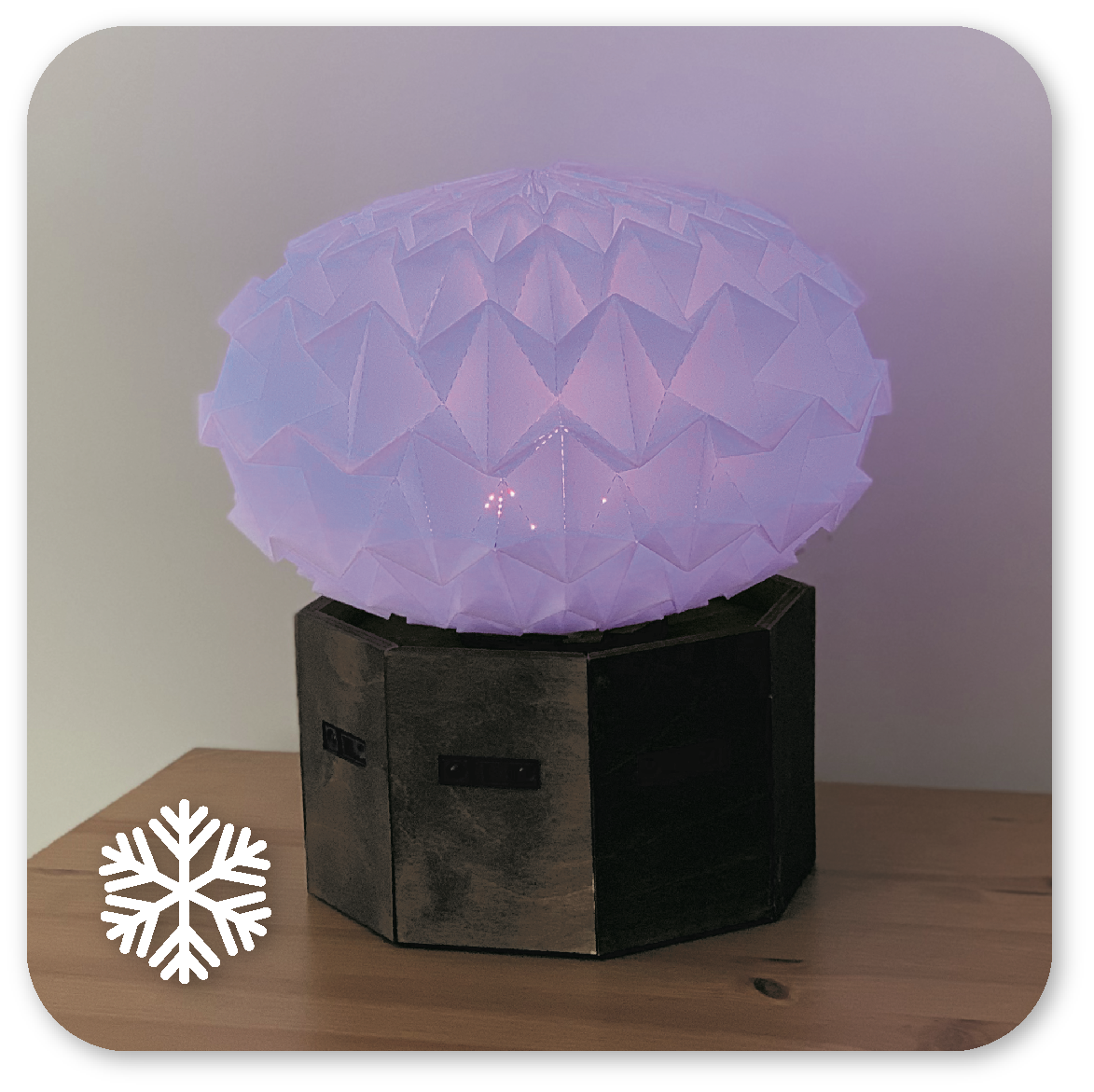
Theres more than brightness to light. With different hues light has, I wanted the light to speak to the users of today’s mood, or weather. Using a wifi module, I pulled in OpenWeatherAPI, an online weather API source. Reading the correct values from the data, I extracted keywords listed that described the weather. In the arduino, I read them through the serial terminal and separated them by type. Then, according to the value read, the color of the LED neopixel ring was set to change. This information reading was programmed to occur every 30 minutes.
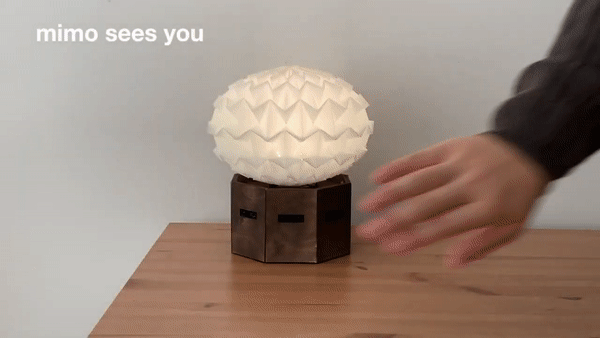
The user and the light interacts buy just the users presence, brightening as the user gets close, to elicit a feeling of excitement a companion might feel when they are greeted. 3 infrared sensors in horizontal placement were used to get proximity data. According to which infrared sensor(left, right, or center) was within the threshold first, the animations of the light were differently programmed.

Practice makes improvement.
As this was my very first time dealing with real,
physical materials and products, there were lots to be learned.
The most difficult but absolutely rewarding part of this series of projects was
to get the mechanisms to work. Trying out different materials and mechanisms to fail,
but also to learn what didn’t work and what I can change was an especially valuable
experience. Through these endless trial and errors, sleepless nights, and multiple
trips to Ace’s Hardware, I was able to not only learn the skills of a physical
prototyper, but also improve on my resilience and proactiveness as a designer.